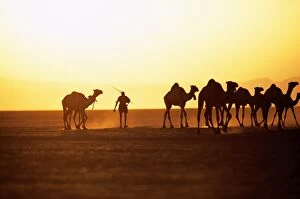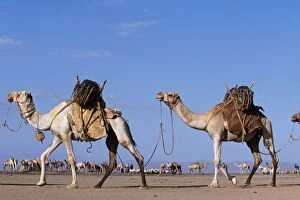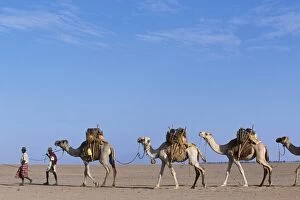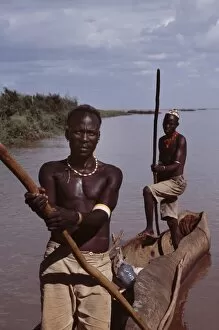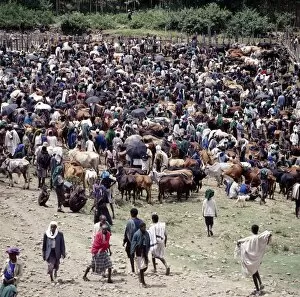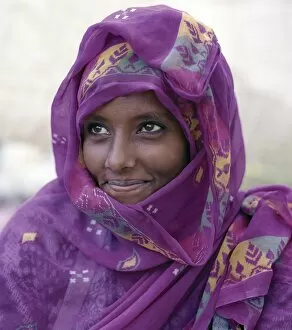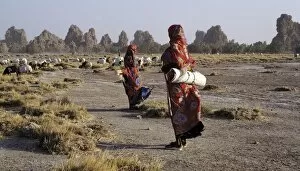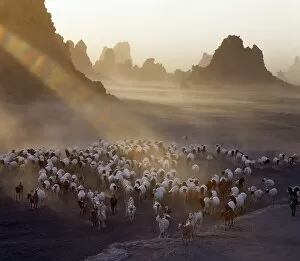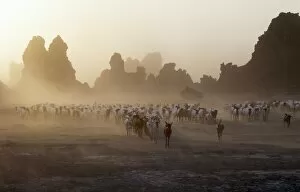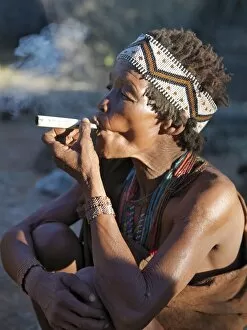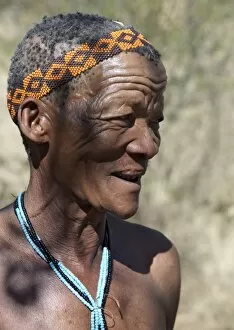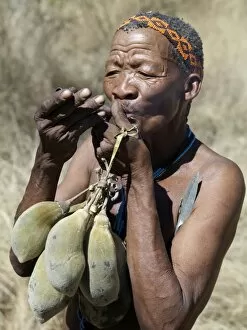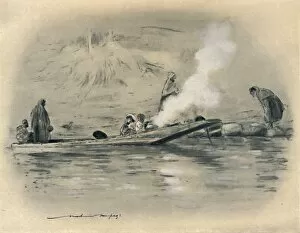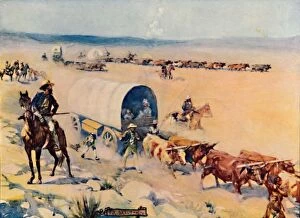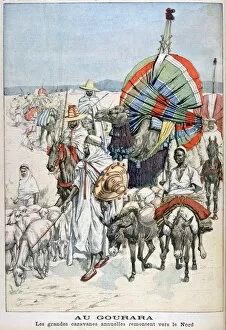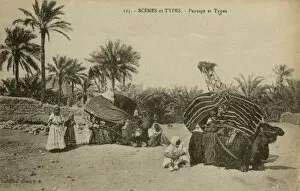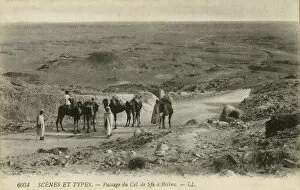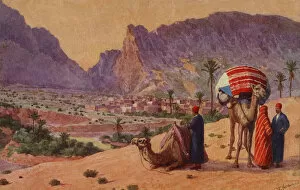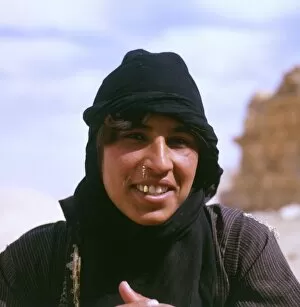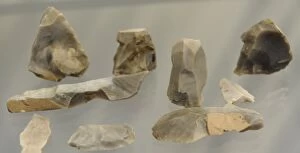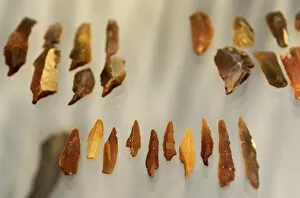Nomadic Collection (#10)
"Embracing the Wanderlust: A Journey into Nomadic Cultures Around the World" From Gypsy Caravans to Yurts in Kyrgyzstan's Tash Rabat Valley
For sale as Licensed Images
Choose your image, Select your licence and Download the media
"Embracing the Wanderlust: A Journey into Nomadic Cultures Around the World" From Gypsy Caravans to Yurts in Kyrgyzstan's Tash Rabat Valley, nomadic lifestyles have captivated our imagination for centuries. The Sahara Desert unveils a vast expanse where tribes roam freely, leaving behind footprints of their resilient spirits. In the heart of Mongolia, Yurts stand as humble dwellings that shelter generations of families. These portable homes embody the essence of adaptability and simplicity. Trailers transform into Bohemian encampments near Arles, echoing Van Gogh's masterpiece on canvas from 1888. This fusion of art and mobility reflects a longing for freedom and creative expression. Journeying back in time, we witness Jews crossing the Jordan River with the Ark of the Covenant—a testament to their nomadic existence guided by faith and divine providence. A Himba woman adorned in traditional attire catches our eye; her body gleams with red ochre—a symbol of cultural heritage passed down through generations. Her presence reminds us that traditions can transcend borders and endure against all odds. The Ten Commandments delivered by Moses resonate across civilizations—reminders that moral compasses guide even those who wander far from home. Princess Nirgidma graces Citroen Central Asian Expedition with her regal presence—an encounter between royalty and nomadism, bridging worlds through exploration. In West Africa's Nigeria, Kano reveals its vibrant Sanusi People—their rich history intertwined with nomadic roots that shape their identity today. Almost every Himba woman wears anklets—a melodic symphony accompanying each step they take along their nomadic path. These delicate adornments tell stories untold yet understood by those who embrace this wayfaring lifestyle. Indian corn or maize finds its origin among Oklahoma tribes—nurtured by hands connected to ancestral lands.

